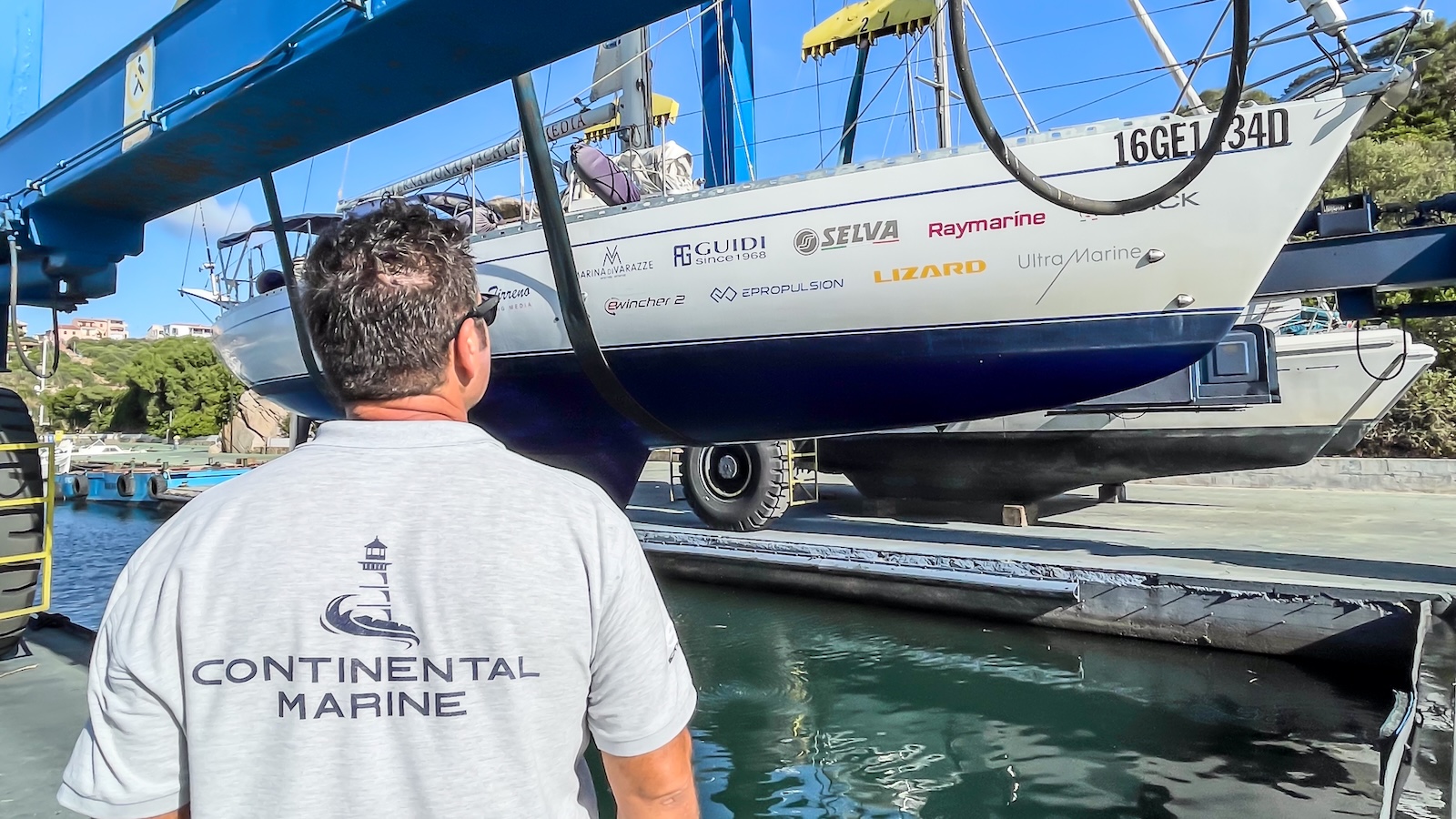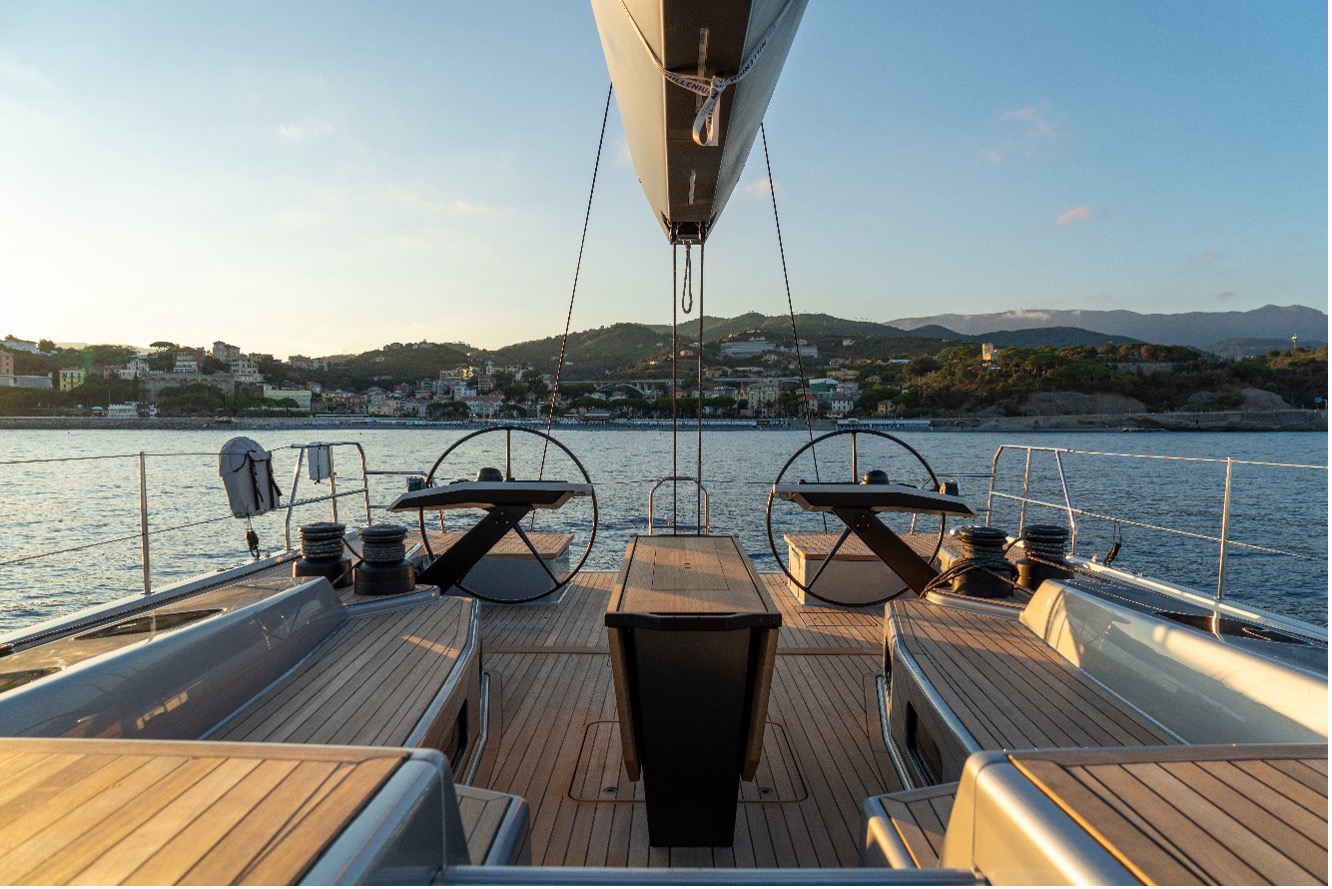For about 9 or 10 years now, I have been talking and writing about vertical fishing with soft plastic lures and, even today, the most frequent question I am asked is: how do you choose your bait?
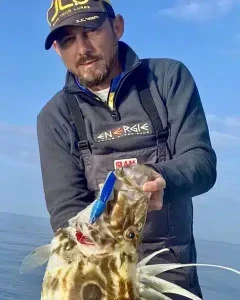
Well, to be honest, the first thing I would say is that you should not save money when buying bait, perhaps buying ugly copies of well-known and efficient baits, just to save a few euros.
If a bait is more expensive, it is because a lot of work has gone into it, the choice of design and material used have taken many hours of effort, and it has been thoroughly tested over a long period before being put on the market. Therefore, its validity is more than established.
I often find
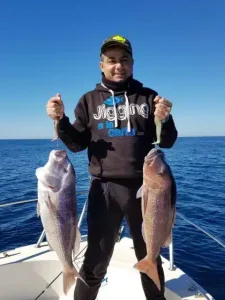
myself talking to owners of important boats, who go out fishing with very expensive rods, but want to save money on plastic lures. What I would like to make everyone think about, regardless of whether they are fishing from a 3m dinghy or a 50-foot fisherman, is that the bait, i.e. the object that will induce the predator to attack, is the most important thing in the fishing system. It is only after the bait has been set that rods, reels, etc. etc. come into play.
So, as a first rule, rely on top-quality baits and on companies that deal exclusively with the development of this kind of product.
As for the models to be preferred, a separate discourse should be made on what fish we want to target, and what depths to fish.
In this article, we are going to talk about the most common vertical fishing, i.e. fishing between 20 and 120 metres on average, and aimed at the major predators in our waters, starting with benthic fish such as brown groupers, or smaller groupers, snappers, bream, crenellated snappers, and ending with fish that swim higher off the bottom, such as amberjacks, bonitos, bluefin tuna, little tunnies, etc.
Soft plastic lures: jig heads and shads
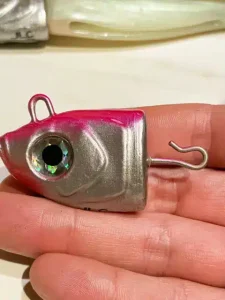
Regarding the models that I find most profitable, with a transversal effectiveness on several target species, I would recommend the use of shad and cuttlefish and squid imitations (but we will talk about the latter in the next article). Focusing our attention now on shads (i.e. jig heads of various weights, combined with classic -paddle tail- soft lures), we can say that, using them in sizes between 15 and 21 cm (considering the length of the mounted bait), we will be able to cover many of our needs.
As far as the weight of the jig head is concerned, and remembering that you fish better the more you can stay on the vertical of the bait, we say that we will choose the weight according to fishing depth and current.
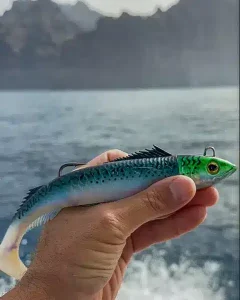
Assuming an ideal day with little current and little drift (which we may be able to counter with small motor strokes every now and then), without going into the matter of fishing with an electric motor and controlled drift (something we will perhaps discuss on another occasion), we can say that on depths between 20 and 30 m, we will be able to fish well with weights ranging from 70 to 120 g.
Beyond these depths,
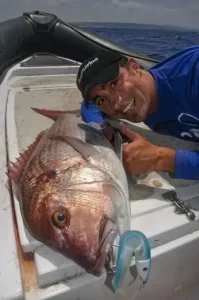
let’s say 30-50m, we will be able to fish with weights between 120 and 150g; between 50 and 100m depths, we will instead be able to cope with a bit of everything with jig heads between 150 and 200g. However, for more extreme situations, there are also baits on the market with heads up to 300 g.
As far as colour is concerned, starting from the fact that in depth it is the shape, and the vibrations emitted by the bait, that counts more than the colour, however, we can say that the choice can fall either on very realistic colours – in this case I prefer colours that imitate the livery of sardine or mackerel – or opt for more fancy colours. In this case, there are many winning options and colour combinations such as pink/pearl, silver/pearl, khaki/gold, khaki/pink or white/blue, just to give some examples.






















